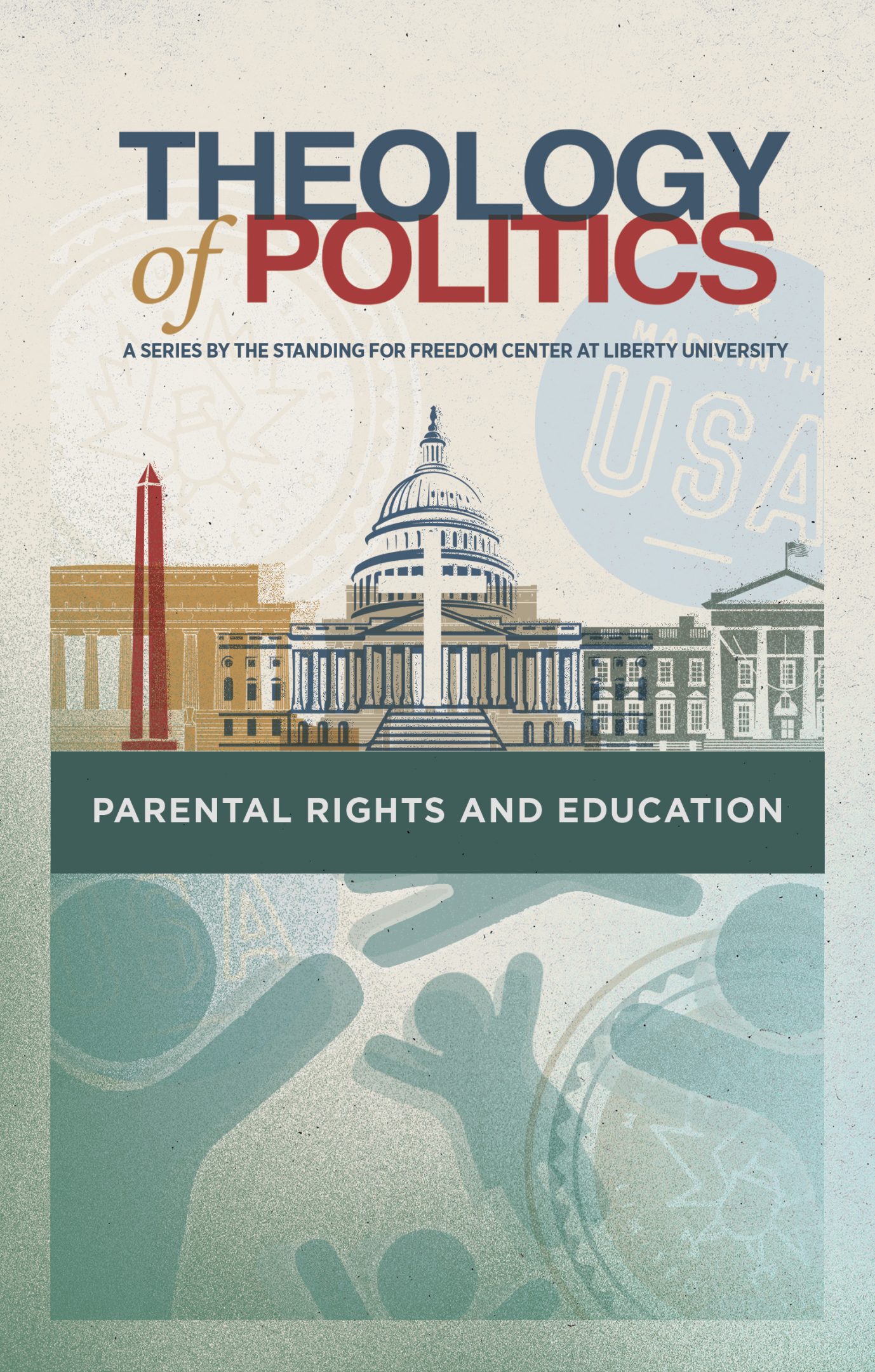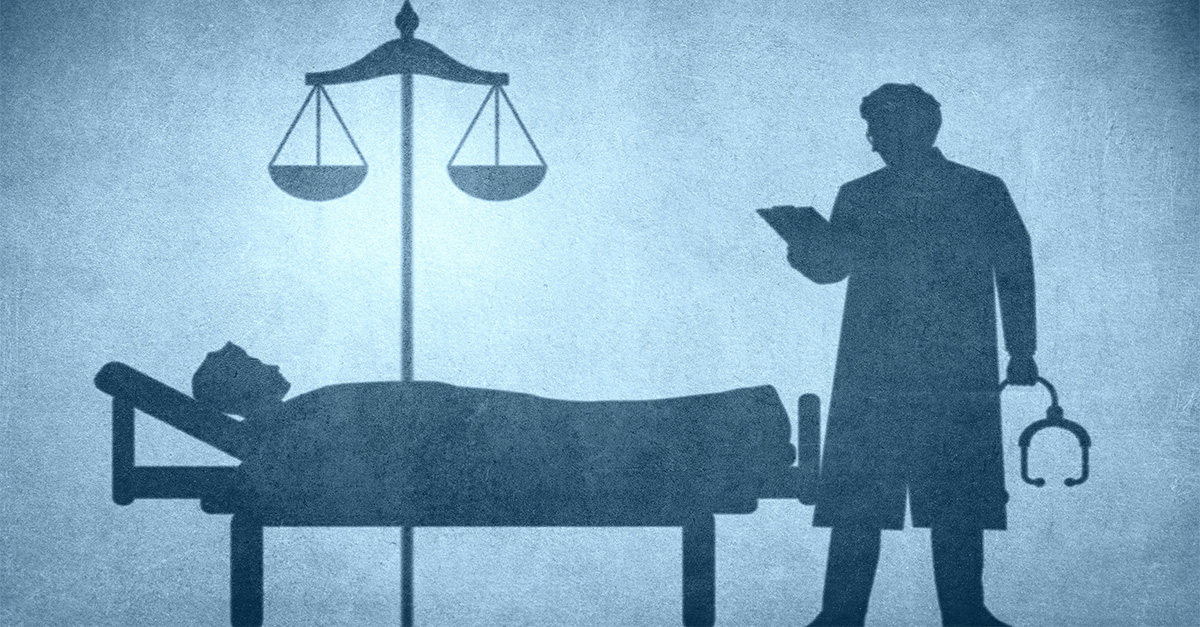


Get a free copy of Parental Rights & Education when you subscribe to our newsletter!

The American Medical Association has long held that “physician assisted suicide is fundamentally incompatible with the physician’s role as healer.” That could change this weekend.
At a meeting that starts today, the American Medical Association (AMA) will be debating whether it will end its official opposition to physician assisted suicide (PAS) and start referring to the practice as “medical aid in dying.”
The AMA cites a Medscape survey that showed 55 percent of physicians support assisted suicide. The proposal to end opposition states, “Neutrality may more accurately represent the views of the medical profession, rather than opposition.”
Some are warning that lifting the opposition could mean the United States is following Canada in liberalizing euthanasia. Canada’s program was used by 13,241 people in 2022, making it the fifth leading cause of death in Canada.
Pete Baklinski, spokesman for Canada’s Campaign Life Coalition, stated that “Doctors should never be neutral when it comes to life. It wasn’t that long ago that all doctors took the Hippocratic oath where they swore to ‘give no deadly medicine to anyone if asked, nor suggest any such counsel.’”
In Canada, assisted suicide has been widely expanded and has seen a sharp increase every year since it was first legalized in 2016. In 2022, 4.1 percent of all deaths were the result of the Medical Assistance in Dying (MAID) program. In 2024, assisted suicide will be opened to those whose sole condition is mental illness, including depression. That provision also allows people to obtain assisted suicide if they are addicted to drugs.
Alex Schadenberg, executive director for the Euthanasia Prevention Coalition, told the New York Sun,
“You don’t want to legalize this because you can’t keep the door shut. Some people say, ‘Well, we can have a little bit of this.’ That’s what they argued in Canada too. But in the end, it can’t be controlled. If it’s okay for me to kill you or to kill somebody, then these safeguards become seen as a hindrance.”
Canada’s Campaign Life Coalition’s president Jeff Gunnarson stated,
“I caution American states not to allow euthanasia for any reason, not even for the terminally ill. Because, inexorably, the killing will expand, and eventually, your situation will resemble Canada’s.”
It’s not just in Canada where euthanasia has extended well past proponents’ initial position of granting a “dignified death” to those who are terminally ill. In the Netherlands, people with autism or other intellectual disabilities have been euthanized. Dr. Bram Sizoo, a Dutch psychiatrist, says that some young people with autism are excited at the thought of dying and putting an end not only to their suffering but also their family’s.
No longer being a burden to others is a common motivation for those seeking assisted suicide.
In 2021, MAID data showed that 35 percent of Canadians who requested euthanasia cited this as a reason for choosing MAID. Perhaps even more notable was what the No. 1 reason for requesting MAID was. While assisted suicide is portrayed as only for those in extreme pain, only 57 percent of people cited pain as a reason they wanted to end their lives. Instead, 86 percent said the loss of ability to engage in meaningful activities was a reason for committing suicide.
Increasingly, Canadians who are poor, homeless, or disabled see the MAID program as a solution to their suffering. Worse, a recent poll found that 27 percent of Canadians would allow MAID access for someone whose sole affliction is poverty and 28 percent would be fine with it if a person’s only suffering came from being homeless. A whopping 51 percent either strongly or moderately agreed that assisted suicide should be available to people who are unable to receive medical treatment.
All of this should scare Americans because the acceptance of physician assisted suicide has already come to the U.S. At present, 10 states and Washington, D.C. allow for euthanasia, and other states, including Michigan and Minnesota, have bills that are under consideration. And the rise in the use of assisted suicide isn’t only in Canada. California had a 63 percent increase in medical-assisted deaths last year.
The AMA long ago lost its way when it comes to medical ethics and best practices. The AMA once vehemently opposed abortion but now views the termination of unborn children as “safe medical care” and a “human right” that should be accessible without any limitations. It supports the use of fetal tissue from induced abortion in scientific research. It also supports gender transitions for minors and opposes legislation that limits the ability to start children and teens on the experimental, irreversible, and provably harmful path of so-called “gender affirming” treatments.
Yet the name AMA still carries a lot of weight and credibility with most Americans. Despite the reality that any reasonable person would view Frankensteinian procedures that surgically remove children’s body parts as appalling, the support of doctor groups like the AMA are often cited by politicians, judges, and the media as reason enough to stamp a seal of approval on the procedures.
As the AMA goes, so goes American medicine.
Let’s dispense with the euphemisms. “Medical aid in dying,” “MAID,” “dying with dignity,” “euthanasia,” or whatever you call it — the reality is the same: Forced death. This is a moral absolute that doctors should not be allowed to cross. Once that line is crossed, nightmares ensue.
Killing people because they have autism is eugenics. There is little difference between the Nazi nurse who overdosed a mentally or physically disabled person in the Third Reich’s T4 program and the doctor who “euthanizes” someone because he or she has autism or Down Syndrome.
There’s very little difference in a country with socialist healthcare, such as Canada, that kills people because they cost too much money and China’s now defunct one-child policy. There’s little difference between the U.K. denying a child the right to seek medical treatment in another country and saying that an elderly, disabled, or homeless person is a burden and should end their life.
Life is precious, but what the abortionist or the euthanasia supporter shows is they don’t believe that. Every life has value even if that life is one that is difficult. As a culture, Western society has adopted the belief that the only life worth living is one free of suffering. None of us wants pain, either physical or emotional. We avoid it. We pray for it to end or to be protected from it. We pray for others who have to deal with it, as we should. No one should seek out pain or hope it comes to them or someone else, and we should do all we can to help those who are hurting.
But we should not kill them.
Euthanasia and government-run healthcare, which grants bureaucrats the authority to deny a person life-saving treatment, should be opposed vehemently.
God is the Author of life and He decides when it ends — not doctors and not the government.
The Church must be involved in public discourse and influence. That’s why we write — so our readers can be equipped to understand and pursue righteous change in the world. For more timely, informative, and faith-based content, subscribe to the Standing for Freedom Center newsletter.
Christian conservative news and issues that matter. Curated just for you!